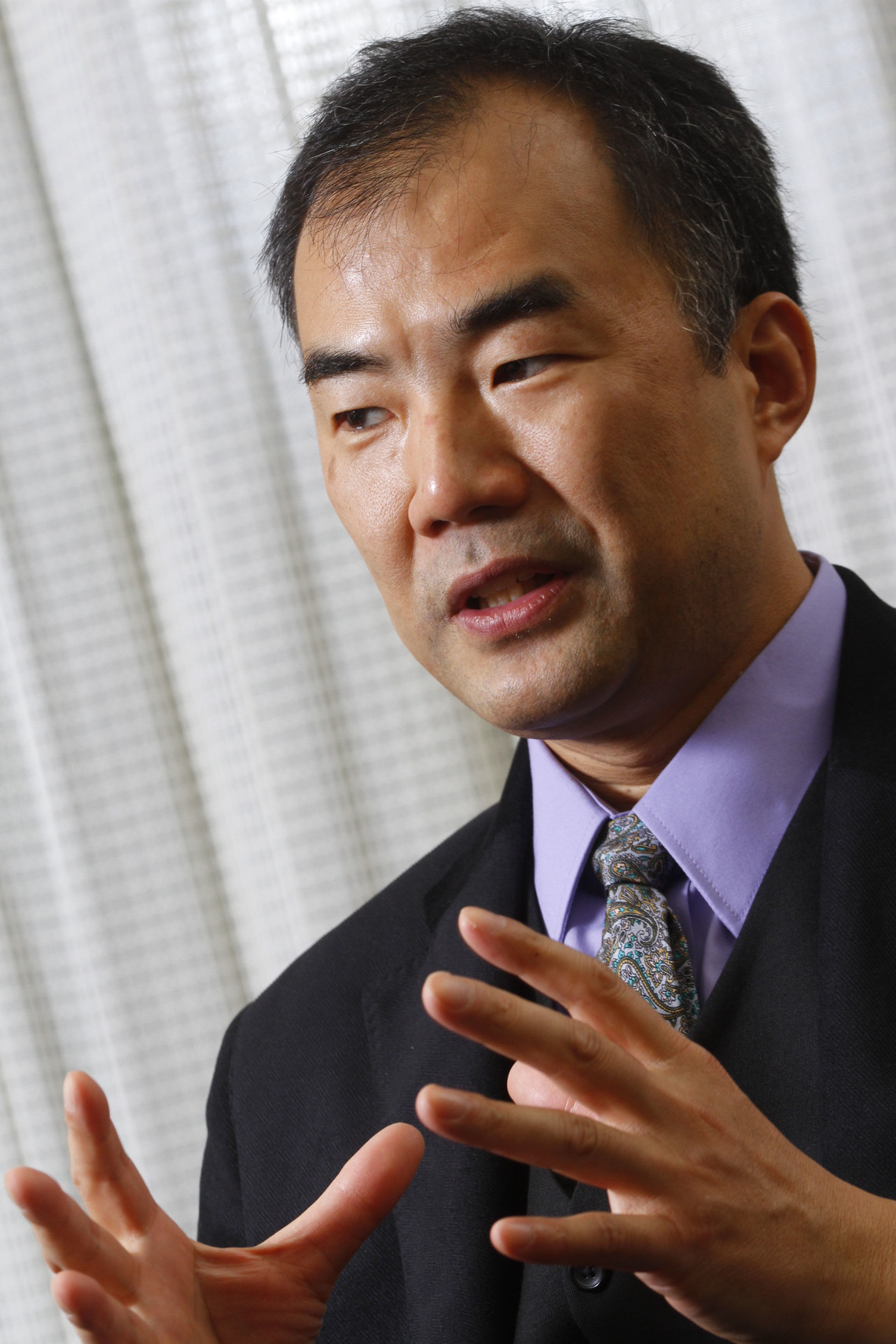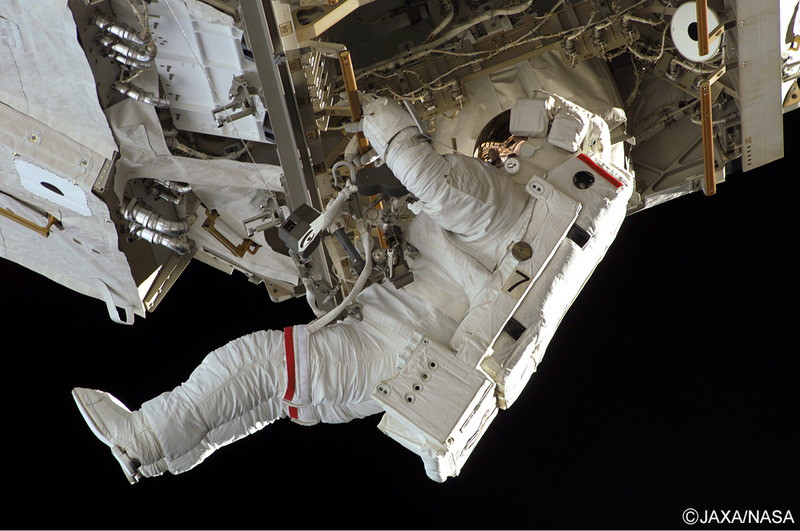"The Role of 21st Century Astronauts and the Power to Create the Future
― Aiming for Contribution to the International Community" Session 2
JAXA Astronaut Soichi Noguchi

Engaging the International Community from a Diplomatic Perspective
Another role I would like to highlight for future Japanese astronauts is engaging with the international community from a diplomatic standpoint to fulfill international contributions. I fundamentally believe international space development is a form of diplomacy. While our primary role is as members of JAXA, I also think we must independently consider unique ways for spaceflight veterans to contribute internationally.
There is an organization called the Association of Space Explorers, which is made up of astronauts from various countries. Its main activity is to hold an annual astronaut conference, where we discuss various topics such as environmental issues, the future direction of space development and utilization, and the safety and crisis management of manned spaceflight, and make proposals to the international community. This organization was founded by American astronaut Russell Schweikert, who participated in the Apollo program, and Soviet cosmonaut Alexei Leonov, who performed the first spacewalk. I am also a member and currently serve as the head of the association's Asian branch. Last October, the association held a press conference in New York and appealed to the United Nations that the international community should unite to build a monitoring network for asteroids that could collide with Earth. As a result, the United Nations General Assembly approved a plan to prepare measures to change the trajectory of asteroids in space.
This might sound like something out of a movie, but some of you may be familiar with the Tunguska Event, which occurred about 100 years ago in central Siberia, Russia. It is believed that a meteorite exploded in the atmosphere there. That meteorite is estimated to have been the size of a small bus or larger. The threat of such massive meteorite impacts from asteroid flybys is ever-present, making the development of asteroid trajectory correction technology a matter that must be seriously discussed.
While experts will handle establishing monitoring networks and technical research and development, we astronauts believe our primary role is to bring the necessity of this to the forefront of international discussion.
[ To be continued in Part 3 ]

Mr. Noguchi performing an extravehicular activity during his first ISS stay (August 2005)



